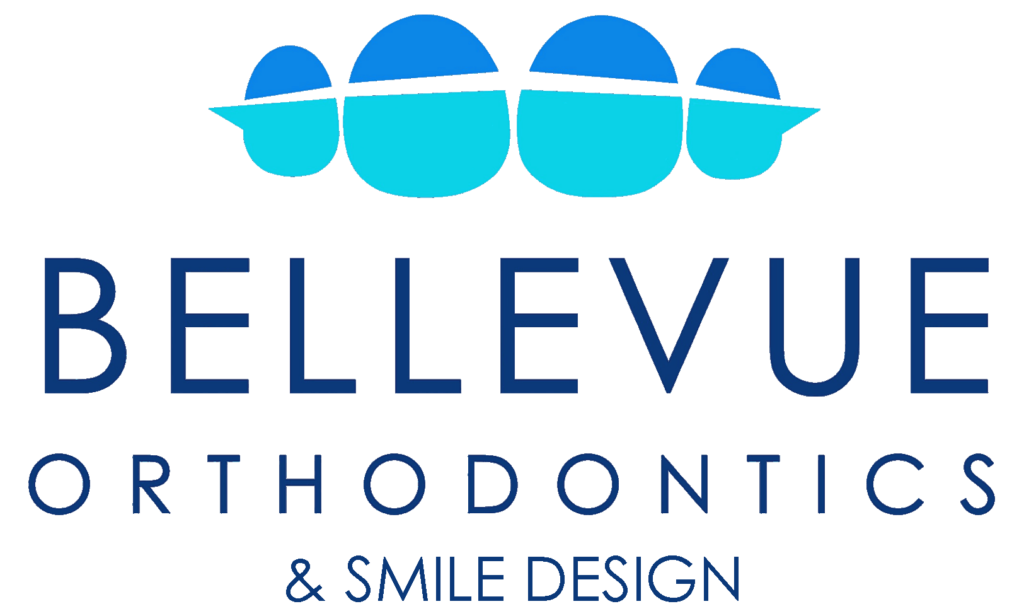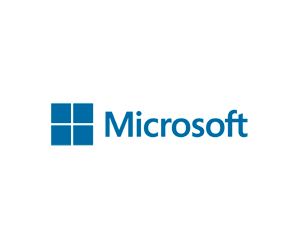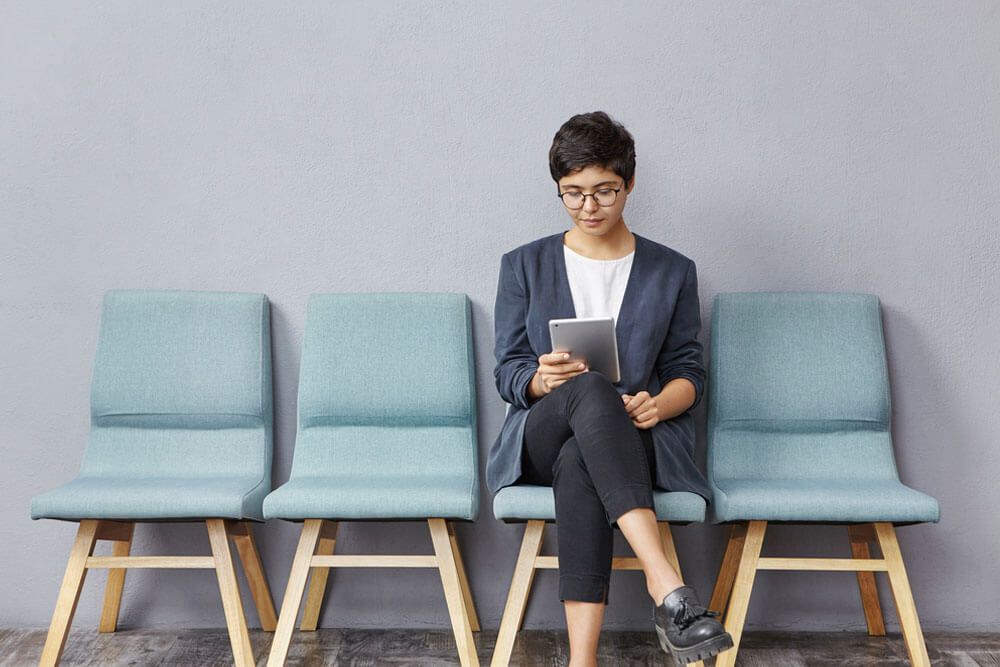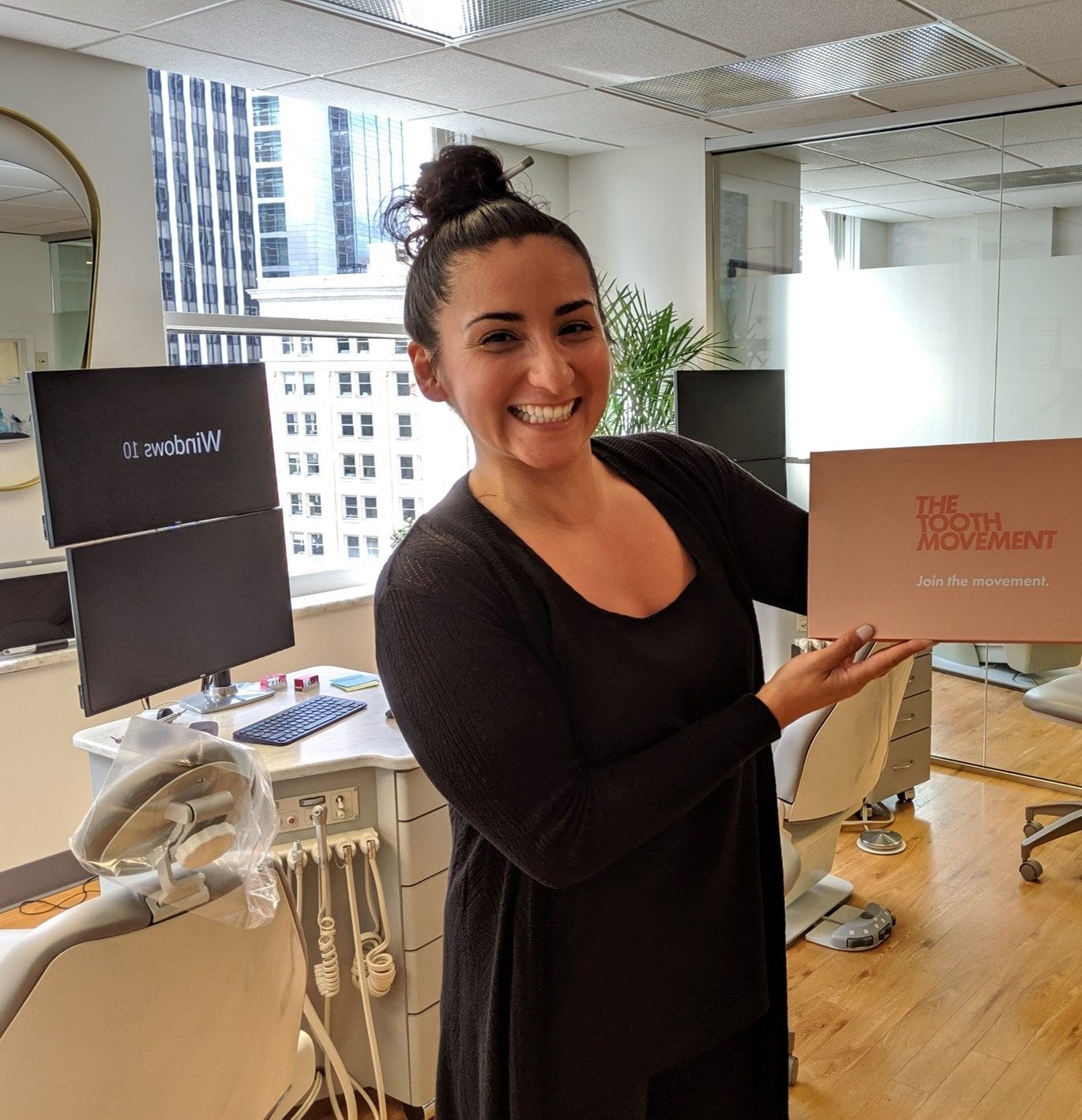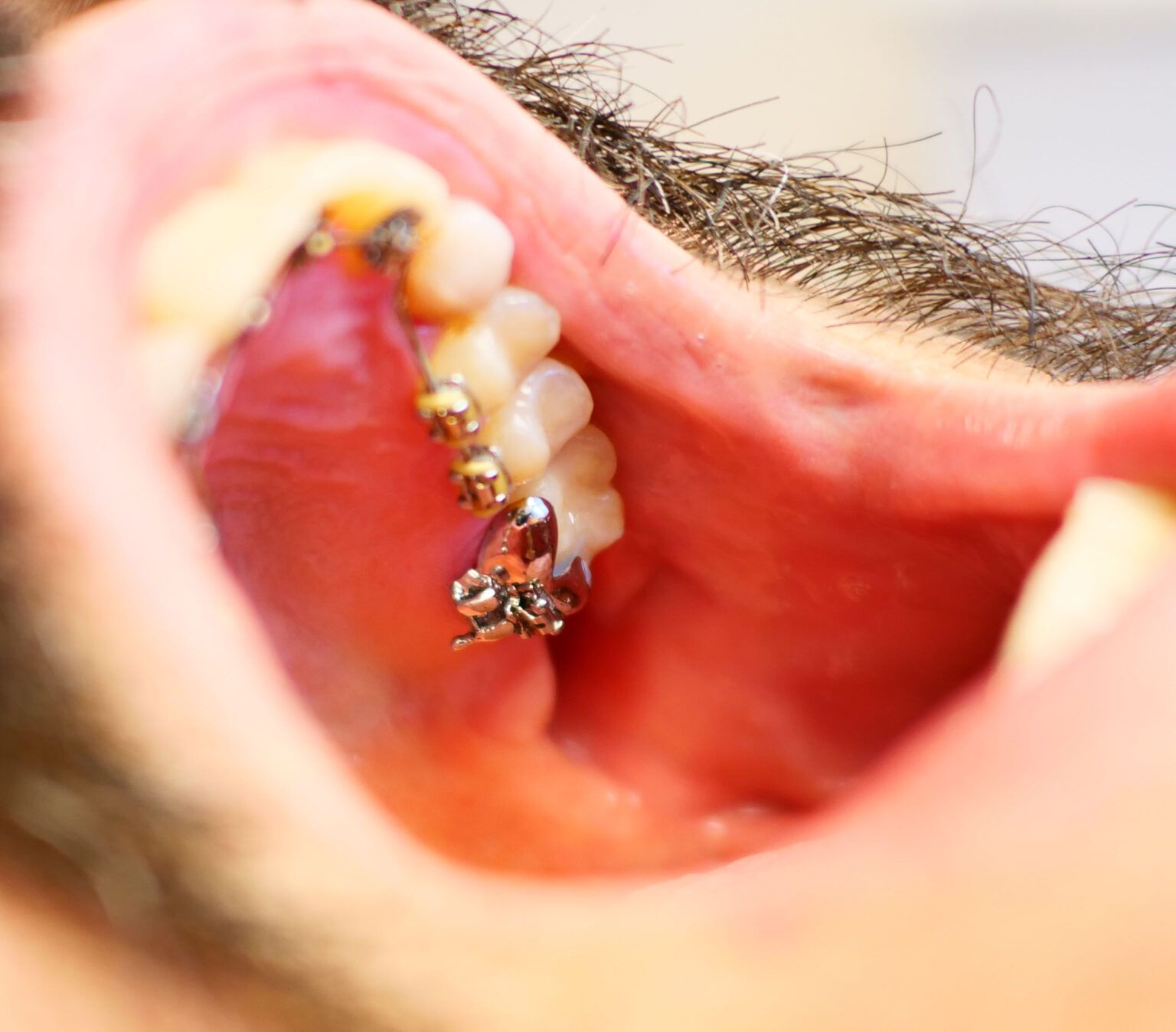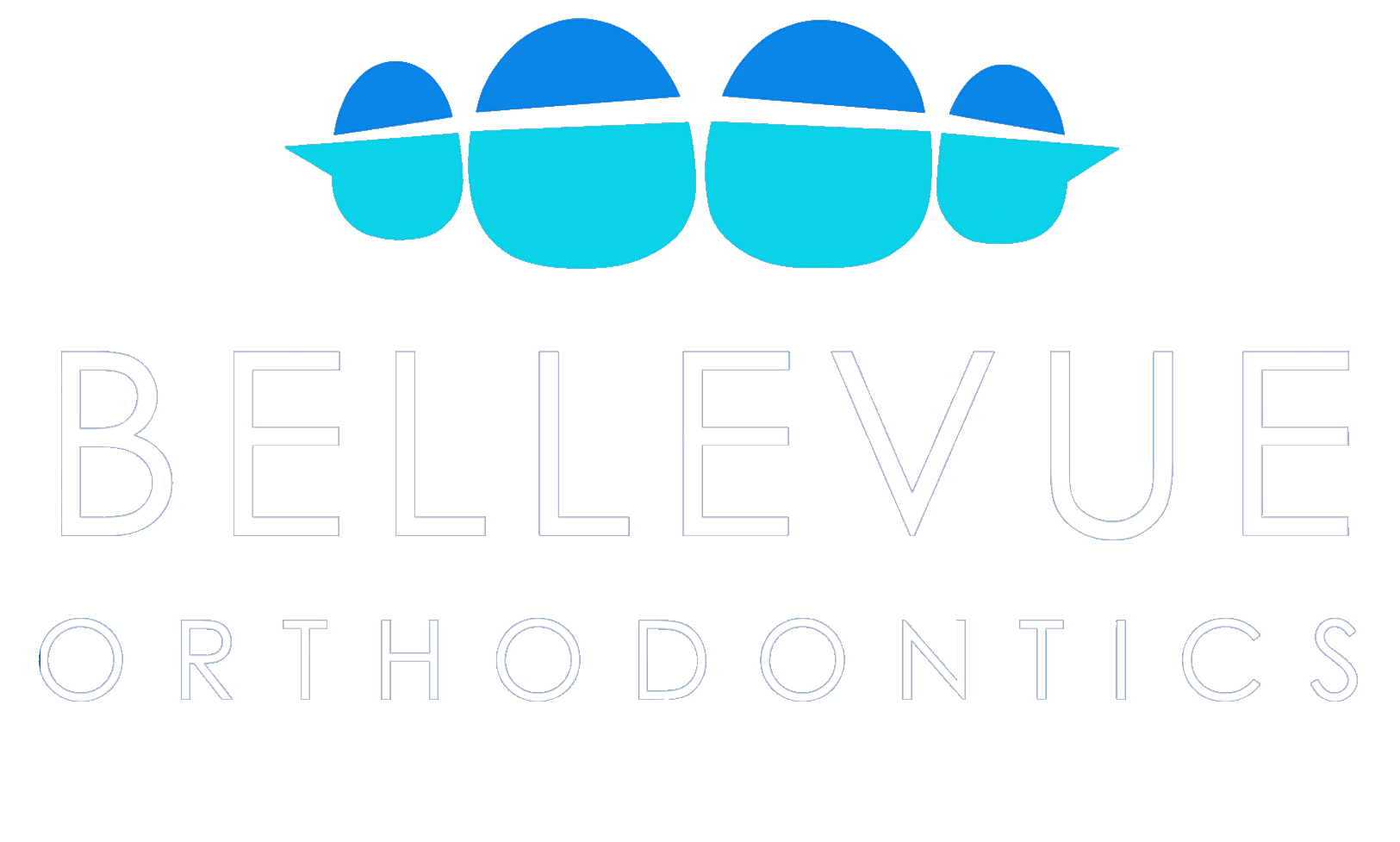Adolescence is the best time to undergo orthodontic treatment! Some teens are excited at the prospect of straightening their teeth and transforming their smiles! Others, however, may be apprehensive to begin their orthodontic journey, worried that braces may change their image, or interfere with sports or social activities. At Bellevue Orthodontics, we realize that there is no one size fits all? when it comes to adolescent orthodontic treatment. Every treatment is individualized to the needs and preferences of your child so that s/he may have a positive experience throughout treatment!
Why is adolescence the best time for orthodontic treatment?
Teenagers undergo many social and biological changes during adolescence. During the early teenage years, many adult teeth are finally coming into their final position and some of the facial bones and cartilages are growing faster than ever before. This growth can be guided by the orthodontist to achieve facial harmony and to align the teeth in a more favorable position. In addition, many of your child’s peers are wearing braces, making the teenage years the most socially acceptable time to undergo orthodontic treatment.
What types of orthodontic treatment appliances are suitable for teens?
While metal braces are still the most common type of orthodontic appliance among teenagers, advances in technology have made other, more esthetic options, available to young adults. A growing number of teenagers are electing for clear aligners like Invisalign to correct minor orthodontic problems. Similarly, lingual braces are gaining in popularity among teens with more severe orthodontic problems who require a completely invisible solution. Other options include ceramic, tooth colored braces on the outside of the teeth and gold-plated braces. We are proud to offer all of these options in our office and will make recommendations based on your child’s needs, circumstances, and orthodontic diagnosis to achieve a personalized and excellent treatment outcome.
What if my teen doesn’t want braces, but still wants straight teeth?
The good news is that there are many options available to teenagers these days. Clear aligners are a great option for teenagers with minor orthodontic problems. These clear, plastic, trays wrap around the teeth and move them progressively as they are changed out. However, they must be worn 20-22 hours a day to work effectively. Conversely, lingual braces behind the teeth are a completely invisible option that work just as well as braces on the front of the teeth. They are suitable for many teenagers, and as the Pacific Northwest’s biggest providers of lingual braces, we are proud to offer this treatment modality to teenagers seeking a more esthetic orthodontic solution.
What is the average orthodontic treatment time?
Comprehensive orthodontic treatment takes on average 2 years to complete. But, depending on your teen’s initial presentation and factors such as compliance, hygiene, and appointment attendance, orthodontic treatment can take as little as 9 months to complete.
If your teen had phase 1 or early treatment, a second phase of braces is usually quicker. This is because the first phase of treatment addressed many of underlying issues.
It is important to remember that every patient is different and treatment times vary widely. Drs. Cousin, Bayirli, and Riolo will be sure to communicate with you on the progress of your teen’s treatment at each and every appointment. It is our commitment to you and your family.
Do braces hurt?
In general, braces do not hurt. However, it is not uncommon for patients to feel soreness and discomfort after getting the braces first put on or after the braces are tightened by the orthodontist. This soreness is similar to the soreness you may feel the day after exercising or working out and usually lasts anywhere between 3 to 7 days. Some patients may also feel some rubbing of the orthodontic appliances against their cheeks and lips. But these symptoms usually quickly disappear several days after your appointment. Over the counter pain medications and orthodontic wax are effective strategies to ease any discomfort related to your orthodontic appliances.
What foods to eat during braces?
For braces to work, it is important that they remain intact and clean. This is why it is important to avoid foods that may damage your orthodontic appliances. These include hard, sticky and chewy foods such as bubble gum, hard or chewy candies, caramel, whole apples, whole carrots, etc… This, however, does not mean that you should avoid these foods altogether. For example, apples and carrots can be sliced and chewed using the back molars.
While delicious, chewy steaks, bread, or veggies can be difficult to chew when the teeth are sore. If your child experiences soreness of the teeth after an appointment, we recommend that they stick to soft foods immediately after an appointment. These include smoothies, bananas, mashed potatoes and the like.
Can I play sports or musical instruments while wearing braces?
Regardless of the type of appliance we prescribe, orthodontic treatment should not get in the way of your child’s hobbies. But there are things you should know. Kids who play wind instruments such as the flute, saxophone, or trumpet may find that some adjustments are needed to perform as before. Similarly, kids who plays contact sports like football and basketball can still compete, but will need to wear a mouthguard at times.
Regardless of what activities your child engages in, it is important that you communicate these with us during your initial consultation so that we may prescribe a treatment that is adapted to your child’s social needs.
Keeping braces clean
Clear aligners offer the easiest way to keep the teeth clean since they can be removed to brush and floss. Braces, on the contrary, require a little more attention and dedication to keep clean. It is generally easier to brush and floss with lingual braces behind the teeth compared to braces on the front of the teeth.
To ensure successful treatment outcomes, we require every patient to visit a general dentist and demonstrate good oral hygiene prior to getting braces. Once the braces are put on, an electric toothbrush and special tools such as flossers or floss threaders can be helpful in keeping the teeth and braces clean. We will provide feedback on your teen?s oral hygiene at each of his/her/their appointments and will continue to educate and provide the tools necessary to ensure that they maintain proper oral hygiene.
